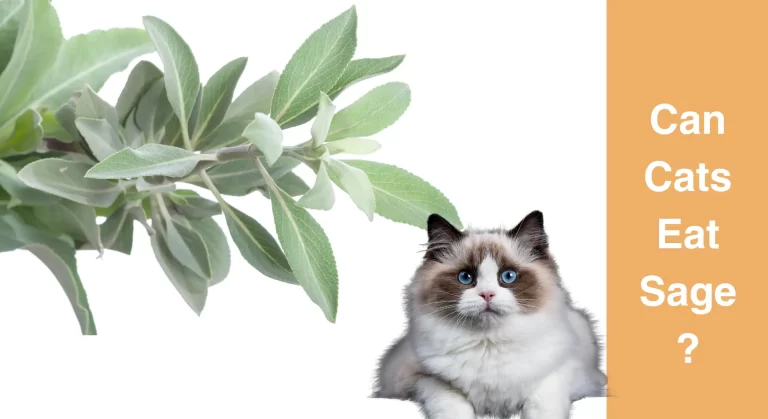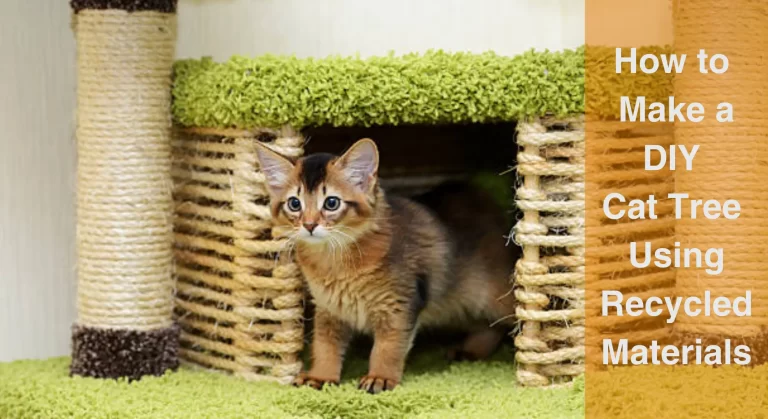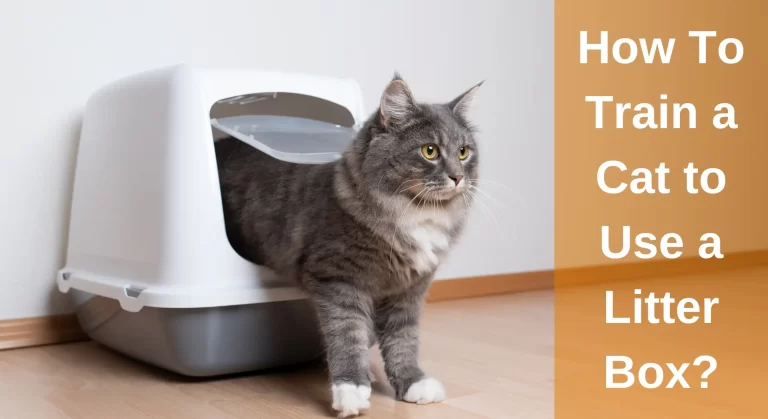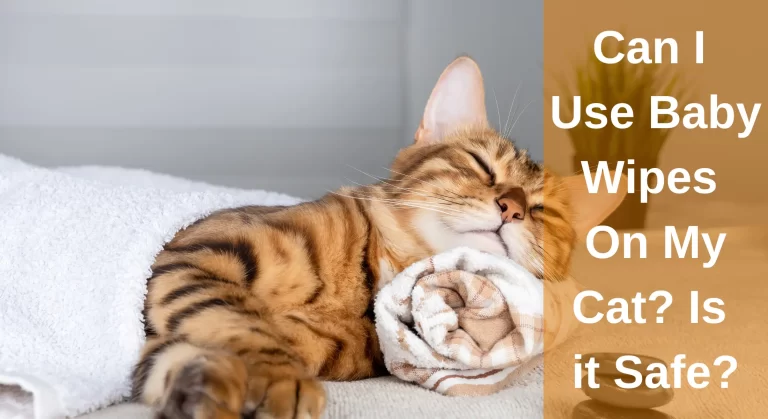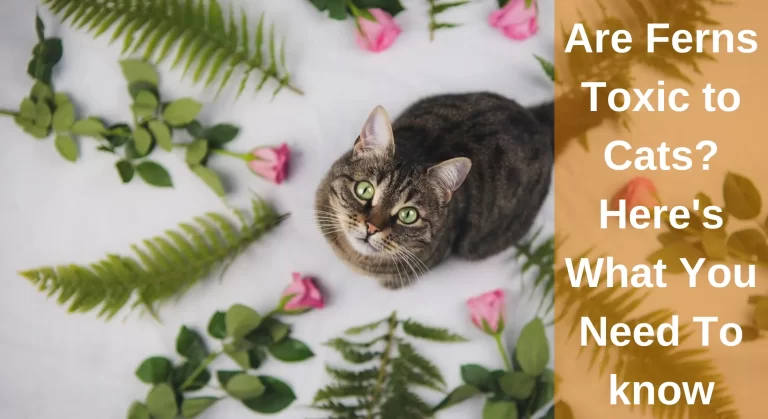Are ZZ Plants Toxic to Cats? Dangerous Houseplants For Cats
If you have a cat, you should avoid the hardy houseplant Zamioculas Zamifolia since it is toxic to cats in all parts when ingested or touched. In reality, the ZZ Plant is poisonous to humans, dogs, and other animals. So are ZZ plants toxic to cats?
Yes, it is toxic to cats and causes inflammation, swelling, burning, and sickness. Minor skin and eye irritation can also result from direct contact with the plant. Sap leaves, which contain calcium oxalate and the stem of Zamioculas Zamifolia, are harmful to all animals, including people.
But the dangers of this plant are sometimes overdone and exaggerated; in the past, there have even been reports that it may lead to cancer! Fortunately, it has been shown that these are erroneous, and scholars are working tirelessly to disprove these rumours.
In this essay, I’ll provide the following information on this houseplant: Why do ZZ plants poison cats? What symptoms of ZZ Plant poisoning are present, and how dangerous are these plants specifically?

Why Is the ZZ Plant Poisonous?
ZZ Plant belongs to the plant family Araceae. Every member of this family of houseplants is toxic and dangerous to cats! All the plants have large quantities of the same chemical, calcium oxalate, which gives them their lethal characteristics.
The same substance, calcium oxalate, is used to make human kidney stones. These plants contain calcium oxalate, which is harmful to cells and is present in an insoluble form with a sharp, needle-like crystal structure.
These crystals’ jagged edges hurt the skin’s top layer when touched. The body’s immune system responds to injury to the skin’s outer layer by making the skin red and occasionally rash. The skin around the lips can also be similarly punctured by these crystals, which can burn the skin.
Once within their bodies, our cats’ bodies do not allow toxins to enter their bloodstream. Instead, they damage and pierce the intestinal lining cells as they pass through your cat’s system. As a result, you may have nausea, diarrhoea, vomiting, and stomach discomfort.
Check Out: Can Cats Eat Aloe Plant?
How Poisonous is a ZZ plant?
The amount of injury and toxicity the Zamioculas Zamifolia gives your cat depends on whether it bites, licks, or consumes the plant. How long the contract lasts or, if any, how much of the plant is ingested affects the response’s strength as well.

A cat’s fur coat nearly completely covers its body except for the nose, ears, and paw pads; therefore, touching the plant will likely harm you more than your cat. If the cat comes into touch with any of these hairless areas, it may get more severely irritated and suffer symptoms like burning eyes.
For cats, however, consuming the ZZ Plant poses greater risks. Given that cats are inherently inquisitive creatures, it wouldn’t be shocking to see your cat nibbling on the leaves. Owners may worry about this.
If your cat ingests some ZZ Plant material, symptoms include immediate pain, a burning sensation, and swelling of the lips, mouth, tongue, and throat, and it will feel sick to its stomach, vomit, and have diarrhoea.
The amount of the plant taken will decide how severe these symptoms are; a tiny bit may cause a mild stomachache, whilst big amounts may cause protracted diarrhoea.
Dehydration is the biggest danger to a cat’s health during an illness or diarrhoea brought on by toxins. Once the toxins are gone from their system, your cat will rapidly get back to normal.
Additionally, there is a little potential that if your cat consumes the plant, the body’s immune response might cause their throats to widen significantly and their airways to get clogged. However, kids frequently need to have a hyperactive immune system or eat a lot of food to have such a strong reaction.
Therefore, even though large amounts of Zamioculas Zamifolia would be extremely toxic to cats, the real effect is far less severe and won’t cause any major issues.
Find Out: Are Snake Plants Toxic to Cats?
Toxicity Symptoms of ZZ Plants in Cats
If your cat ingests some ZZ Plant material, it will feel sick. Digestive issues, vomiting, systemic illness and diarrhoea may occur. The amount of the plant taken will decide how severe these symptoms are; a tiny bit may cause a mild stomach ache, whilst big amounts may cause protracted diarrhoea.
You can keep an eye out for various signs and symptoms that indicate cat ZZ Plant poisoning. The cat feels discomfort when ingested. The crystals injure your cat’s tongue and lip the instant they touch them, so these symptoms show up straight away. They’ll probably paw at their mouths a lot, which will cause them to salivate a lot more.
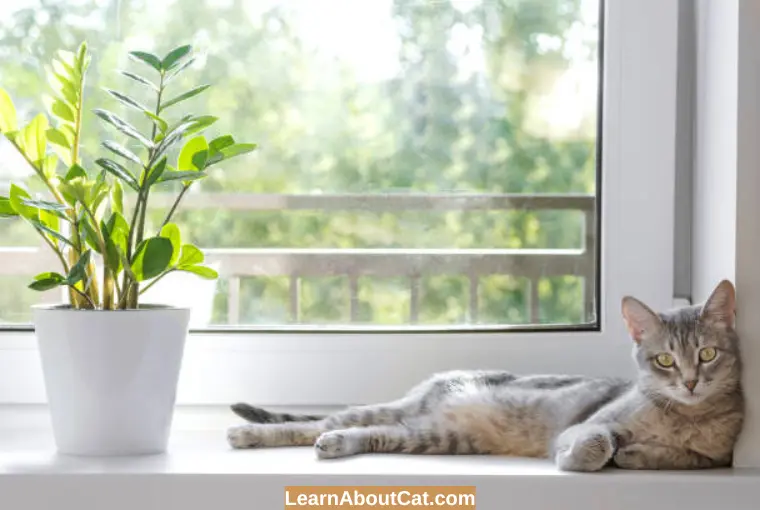
It’s also probable that appetite may decline, but it might not be as obvious immediately away. Due to the burning feeling moving down their throat and making swallowing difficult, your cat will eat less.
Additionally, it’s possible that their throats somewhat expanded, making it much more difficult for them to swallow.
Depending on how much of the ZZ Plant your cat has taken, the pain may not cause any noticeable behavioural changes in your cat. Your cat eventually starts having diarrhoea and vomiting.
To help your cat flush the toxins from their system and feel better in their mouth and throat, encourage them to drink a lot of water and attempt to calm them.
Intresting Reading: Are Zinnias Toxic To Cats?
What Happens if a Cat Eats a ZZ plant?
If the bare skin, mucous membranes, or eyes of your cats are exposed to the sap of this plant, which contains crystals, you can anticipate temporary discomfort and suffering similar to what people experience.

The jagged crystals in ZZ plants will harm your pet’s mouth when they try to eat it, usually causing them to spit the plant out, but occasionally they won’t.
Pets who consume this plant may display the following symptoms:
- Dental pain
- Decreased appetite
- Drooling
- Their mouth was touched with diarrhoea
- Vomiting
- Very rarely, the upper airway may expand and make breathing challenging.
These symptoms appear within two hours after a pet eats the ZZ plant, most of which disappear within 24 hours (source). If you, a loved one, or your pets display these symptoms, it’s critical to understand how to handle them.
Even though exposure to the ZZ plant seldom results in significant issues, it can still be unpleasant. Therefore, fixing the issue as quickly as possible is crucial to minimise negative reactions.
What to Do if Your Cat Chews On Or Eats a Toxic Plant?
Your cat may have eaten or chewed on a potentially toxic plant. Take action right away! If you are unsure what to do with the plant, take a photo and contact your veterinarian.
It is not recommended to use hydrogen peroxide or ipecac to induce vomiting in cats, regardless of what you may have read online.
Your veterinarian, an expert in this field, should handle the treatment. There’s always a risk of causing your cat serious health issues, even if its health wasn’t jeopardized. It’s always best to be safe than sorry.
Giving Pet Home Care
If your pet shows symptoms after being exposed to ZZ plants, you should:
- Firstly, clean their mouth with a soft cloth or wash your cat with warm water (Keep all plant debris out of their mouths).
- Encourage your cat to drink water or other fluids that might ease its discomfort.
- Keep an eye out for any dangerous signs in your cats, such as vomiting or diarrhoea.
- Be more affectionate with them!
If your pet likes ice cubes or other pet-safe frozen treats, now can be the perfect time to give them a frosty snack or increase their water intake.
They will experience less heat in their mouth, less swelling, and more help from the cold. They deserve a tiny reward as well because they had a challenging day.
Also, Check Out: Are Snapdragons Poisonous To Cats?
The Best Way To Keep Cats Safe From ZZ Plants
While consuming large quantities of the plant can be extremely dangerous, it is quite seldom. Your cat will probably vomit it up and steer clear of it from now on.
However, if you currently own a ZZ Plant or want to get one, take the necessary precautions to safeguard your cat.

1. Make Sure it’s Out of Reach
Whether your cat can’t get to the plant to chew on it or rub it up against it, it doesn’t matter if you have one in your house.
Cats, on the other hand, like to leap and climb, so if they wanted to, they have a fantastic talent for getting into difficult-to-reach places.
However, you can still stop your cat from accessing the plant. The best spot to keep your ZZ Plant is in a room in your house where you don’t let your cat in.
2. Use Repellent Scents
Cats dislike the well-known aroma of citrus. Orange peels act as a deterrent. Just keep in mind to replace the peels frequently to avoid mould development!
Coffee is another strong odour that turns cats away. If you have a coffee maker, spare old coffee grinds on the ground.
Many cat owners spray vinegar on their furniture to keep their cats from scratching it. Another application for vinegar is to deter cats. You can sprinkle vinegar water on ZZ plants to deter away cats.
Also Read: What Smells Do Cats Hate?
3. Physical Deterrents
You may also use physical deterrents to stop your cats from entering your ZZ Plant. They won’t harm your cat if she jumps on them, but they will make her feel uneasy and significantly reduce the probability that she will want to check out your houseplant from this surface. An example of this is placing a spike mat in the area of the ZZ plant.
4. Think About Ferns(Non-Toxic Alternative)
Are ferns toxic to cats? Whether or not the fern you’re referring to is safe for cats depends on the kind. For instance, cat owners have an excellent choice in the Boston Fern since cats can accept it.
Aspidistra, Prayer Plants, Nerve Plants, and Parlor Palms as cat-friendly substitutes for ZZ Plants.
Also, Check Out: Can Cats Eat Spider Plants? Are Spider Plants Toxic to Cats?
5. Provide More Stimulus
If you give your cat plenty of toys to play with, a sizable scratching post or cat tree, hiding spots, and lots of love and attention, you could find that your ZZ Plant isn’t that interesting to them after all.
However, many cat toys with motors are available right now and are meant to be used when you’re not home. This is one way your cat may entertain itself.
How to Handle Your ZZ plant?
Make sure you wear gloves when repotting your plants, getting cuttings, propagating them, or planting rhizomes to protect yourself from sap.
Hands should be washed thoroughly with soap and warm water if they become irritated after coming into contact with the sap.
Make sure pets, children, and dogs don’t get into it. When the plant is consumed in small amounts, it usually causes mild irritation. If you observe that your pet or child appears very ill after consuming a lot of the plant or the symptoms have not resolved within a few hours, immediately contact your veterinarian.
Frequently Asked Questions
What happens if I touch ZZ plant?
Plants such as this can cause minor skin irritations and rashes due to their sharp crystals when exposed to bare skin. Touching your eyes after handling them can cause discomfort and irritation.
Does the ZZ plant cause cancer?
It used to be believed that ZZ plants caused cancer in the past. The leaves of ZZ plants are irritative when eaten; however, they are not cancerous if handled carefully and not ingested.
What is special about the ZZ plant?
Plants work as air purifiers, removing pollutants from the air such as xylene, toluene, and benzene. It is easy to maintain ZZ plants as they can survive with little sunlight and are resistant to droughts. Because the roots of the plants have rhizomes, they store water.
Why Is the ZZ plant dangerous?
ZZ Plant is a member of the Araceae family, a family of toxic and dangerous houseplants. The roots, stem, and leaves of the ZZ plant may contain calcium oxalate.
This crystal-like substance burns and irritates the mucous membranes of cats when it comes into contact with them. Because of the discomfort and tongue swelling this chemical causes in cats, they frequently spit up the plant after ingesting it.
A systemic illness that includes nausea, vomiting, and diarrhoea might strike a cat who eats a portion of a ZZ plant. These feelings, which often last a few hours, are bearable.
Final Thoughts!
ZZ plants are poisonous to cats; in addition to cats, these plants are toxic to humans, other animals, and cats. Fortunately, they are just mildly toxic, and while they are unquestionably harmful to cats, they don’t pose a severe threat.
If cats chew on the plant, they will feel tooth pain in addition to some slight skin irritation; if your cat does consume some of the leaves, they will have stomach discomfort, nausea, and diarrhoea. However, this will pass in a few hours, so don’t panic. Just be sure your cat drinks enough water.
Given how resilient and effective ZZ Plants are in purifying the air, it seems natural that cat owners continue to keep this plant in their homes. If you take the necessary precautions to keep it away or replace a cat-friendly option, you may still benefit from having greenery in your home while maintaining your cat’s pleasure and health.
Related Posts:
Who is Isabella?
My name is Isabella, and I am a dedicated and knowledgeable cat enthusiast. With years of experience caring for cats and a deep love for felines, I made a mission to help other cat lovers navigate the challenges of cat ownership.

